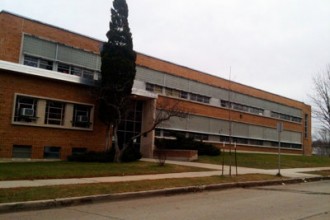In 2012, I wrote for SchoolMattersMKE about what I call the “resource gap.” At the time, much hay was being made about a US Census Bureau report showing that the Milwaukee Public Schools had one of the highest per-pupil spending totals, compared to 49 other large-enrollment districts, in the 2009-2010 school year.
The hay was being made mostly by anti-public school commentators who turned the very real data – that MPS had the fourth-highest spending rate of the 50 largest districts in the U.S. – into false narratives: that MPS was the highest-spending district in the state, that MPS was one of the highest-spending districts in the country, that MPS’s poor performance on state tests proved that throwing money at a problem wouldn’t solve it.
As I wrote then, and have expounded upon several times since, MPS is not the highest-spending district in the state or even in Milwaukee County. After the infamous “Act 10” and other statewide budget changes since 2011, MPS has fallen further behind its Wisconsin peers. Even at the time, the Census Bureau data just barely put MPS in the top 20 percent nationwide and, according to the most recent data covering 2012-2013, MPS has fallen to eighth among the fifty largest districts and out of the top 20 percent as Wisconsin’s state-wide school spending has failed to keep up with nationwide trends.
The gist of the resource gap is that children who grow up in poor households in poor neighborhoods lose out on opportunities – summer camps, piano lessons, family vacations to national parks – that children in wealthier households in wealthier neighborhoods have access to. The science is pretty clear that growing up poor affects how children develop speaking and listening skills, how well they read when they get to school, how prepared they are for the academic challenges of school and even how well they get along with other students.
This is a generalization, of course; I’m sure we all know people who grew up in resource-starved households who were amazingly successful at school, as well as spoiled rich kids who turned out to be dumb as hammers. But the resource gap is real, and I see it in my own MPS classroom, as students in their mid-teens demonstrate daily that they have not had the kind of world-broadening experiences that I had growing up an upper-middle class, suburban white kid.
But why I’m writing again about this subject now is a story in the New York Times last week about the strong correlation between the average income of families in a school district and the academic achievement of students in that district. In it, there is this paragraph, about race-based achievement gaps even in school districts with above-average household incomes:
“Why racial achievement gaps were so pronounced in affluent school districts is a puzzling question raised by the data. Part of the answer might be that in such communities, students and parents from wealthier families are constantly competing for ever more academic success. As parents hire tutors, enroll their children in robotics classes and push them to solve obscure math problems, those children keep pulling away from those who can’t afford the enrichment.”
This is the resource gap in action, showing that even among the wealthy, the parents with the resources to go the extra mile for their children will, and the children of those who can’t suffer. This has nothing to do with children’s innate ability to learn or how good their classroom teachers are; this has everything to do with the way parents who have resources at their disposal can propel their children farther and faster than parents who don’t.
In my original post about the resource gap, I noted that a difference in annual household income of just $45,000 – the difference between average income in some Milwaukee neighborhoods and some of its inner-ring suburbs – is almost a million dollars in available resources by the time a child graduates from high school. No matter your political affiliation or beliefs about taxes and public school spending, you have to admit that is a staggering difference in available resources. And you’d have to be blindingly stupid to try to say that it doesn’t make a difference.
Indeed, the reason I read that New York Times article in the first place is because the Wisconsin Budget Project posted a graph that plotted, based on data collected by the Stanford Education Data Archive, Wisconsin’s achievement scores with average household income in districts around the state.
That graph shows a remarkable straight line demonstrating that the higher the average income, the higher the achievement of those students. Milwaukee is in the bottom left of the graph, showing that both its average household income and its academic achievement is low. In the upper right, where both academic achievement and household incomes are high, you’ll find Whitefish Bay and other Milwaukee suburbs.
The graph has no major outliers, no school districts that really are doing more with less. Not a single school district in the state with an income below the state average had student achievement that was one or more grade levels above average. Not a single school district with above-average income had achievement that was one or more grade levels below average. It is truly remarkable to behold.
The Times has a similar graph that plots every district in the country, and the same relationship holds for this much larger data set: the wealthier the households in a district, the better, on average, those children do in school.
The resource gap is real, and it is staggering in the effect it has on academic achievement both in Wisconsin and nationwide. It cannot be denied.
This is why I proposed a major new lawsuit against the state for better school funding. This is why, even though I think on the whole MPS should accept a partnership with Demond Means and the state-imposed Opportunity Schools and Partnership Program, some of my biggest questions are about funding. Means and these schools are expected to do more with less, since the geniuses who wrote the law provided exactly zero dollars in funding for the expanded services the schools are required to provide.
I don’t know what else to say, or who else to say it to. I feel like a broken record every time some new study or set of data reveals that the best predictor of a student’s success in school is not the quality of the teachers or the governance structure of their schools, but instead whether the incomes where they live are high or low.
Still, I try. At some point, this reality needs to sink into the heads of those who make decisions about school funding: It is our moral and civic duty to overcome this resource gap and provide opportunities through better school funding that students from poor families and neighborhoods cannot receive anywhere else.

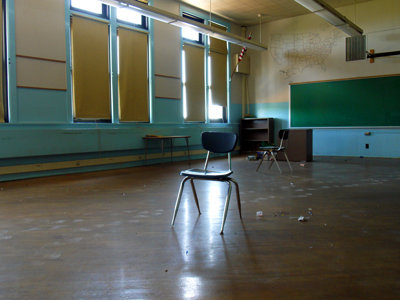
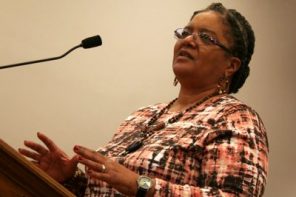 i evaluate to yes even if there's no image
i evaluate to yes even if there's no image 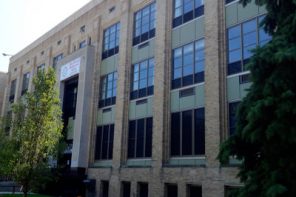 i evaluate to yes even if there's no image
i evaluate to yes even if there's no image 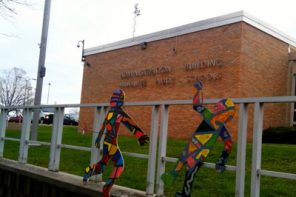 i evaluate to yes even if there's no image
i evaluate to yes even if there's no image  i evaluate to yes even if there's no image
i evaluate to yes even if there's no image 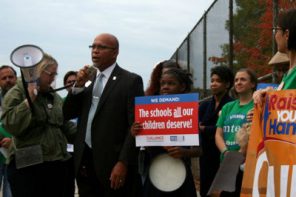 i evaluate to yes even if there's no image
i evaluate to yes even if there's no image 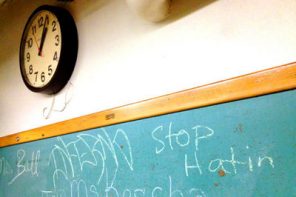 i evaluate to yes even if there's no image
i evaluate to yes even if there's no image 